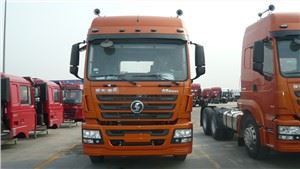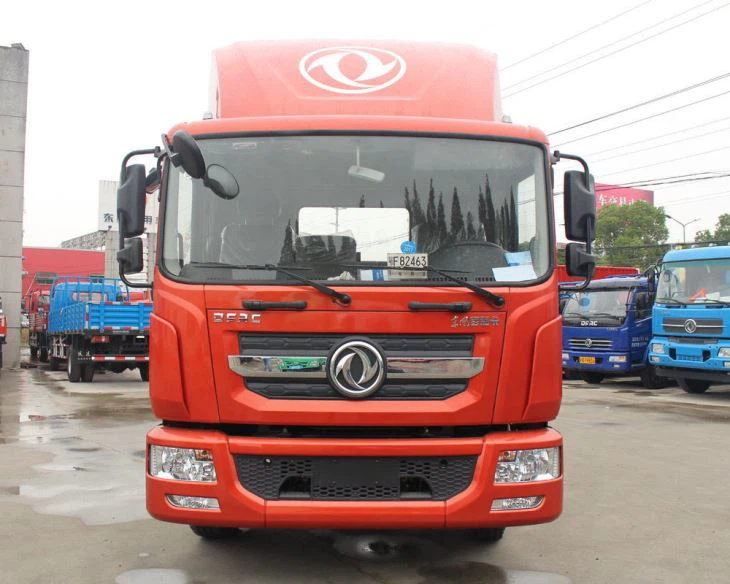How Many Miles Can You Travel? A Comprehensive Guide

Understanding how many miles you can travel is vital, especially for those planning road trips, considering travel expenses, or looking to optimize their vehicle’s performance. This guide will explore distance calculations for various modes of transportation, such as cars, bikes, and planes, while also providing tips and practical examples to make the most of your journey.
Table of Contents

- 1. Understanding Mileage
- 2. Cars and Mileage
- 3. Bicycles and Distance
- 4. Air Travel Distance
- 5. Factors Affecting Travel Distance
- 6. Estimating Travel Time
- 7. Practical Examples
- 8. Tips for Long-Distance Travel
- 9. FAQs
1. Understanding Mileage
Mileage refers to the distance traveled in miles. It is a crucial measure for vehicles, helping you gauge efficiency and plan journeys. Understanding mileage helps you to budget fuel costs and assess how far you can go on a single tank of gas.
1.1 What is MPG?
MPG, or Miles Per Gallon, is a standard measurement used primarily in the automotive industry. It represents how many miles a vehicle can travel on a single gallon of fuel. Higher MPG indicates better fuel efficiency.
| Vehicle Type | Average MPG |
|---|---|
| Compact Car | 30-40 MPG |
| SUV | 20-30 MPG |
| Truck | 15-25 MPG |
2. Cars and Mileage
When it comes to cars, knowing how many miles you can travel on a full tank is essential for planning long trips.
2.1 Calculating Distance
To calculate how many miles you can travel, multiply your vehicle’s MPG by the number of gallons your fuel tank can hold. For example:
- Vehicle MPG: 25 MPG
- Fuel Tank Capacity: 12 gallons
- Distance: 25 MPG x 12 gallons = 300 miles
2.2 Real-World Examples
Let’s say you plan a trip from San Francisco to Los Angeles, approximately 380 miles away. For a car with 30 MPG and a 15-gallon tank:

- Maximum Distance: 30 MPG x 15 gallons = 450 miles
- Trip Distance: 380 miles
You can comfortably make the trip without refueling.
3. Bicycles and Distance
Bicycles offer a different perspective on distance traveled. Understanding how many miles you can cycle depends on your fitness level and terrain.
3.1 Average Cycling Distance
Generally, a casual cyclist can cover about 10-20 miles per hour. For longer trips or more serious cyclists, distances can range from 30-100 miles in a single day.
3.2 Planning Long Rides
When planning a long bike ride:
- Make sure your bike is in good condition.
- Pack enough water and snacks.
- Plan your route, including rest stops.
4. Air Travel Distance
When it comes to air travel, distances can be calculated based on miles flown rather than ground travel.
4.1 Average Flight Distances
Flight distance varies significantly depending on the route:
- Short-haul flights: 200-500 miles
- Medium-haul flights: 500-1500 miles
- Long-haul flights: 1500+ miles
4.2 Understanding Airline Miles
Travelers often earn miles through airline loyalty programs. These mileage rewards can be redeemed for future flights or upgrades.
5. Factors Affecting Travel Distance
Several factors affect how many miles you can effectively travel. These include:
5.1 Fuel Efficiency
Your vehicle’s fuel efficiency will determine how far you can go on a gallon of gas.
5.2 Terrain and Conditions
Traveling uphill or on rough terrain can decrease distance efficiency, while highways generally offer better mileage.
5.3 Weather Conditions
Adverse weather can affect travel speed and fuel efficiency, impacting how far you can get on your trip.
6. Estimating Travel Time
Calculating travel time is essential for any journey. You can estimate travel time using the following formula:
- Travel Time (hours) = Distance (miles) / Average Speed (mph)
For instance, if you’re traveling 300 miles at an average speed of 60 mph:
- Travel Time: 300 miles / 60 mph = 5 hours
7. Practical Examples
Let’s analyze different travel scenarios using the established concepts.
7.1 Road Trip
Planning a road trip from New York to Miami, a distance of about 1,280 miles. If your vehicle has an MPG of 28 and a fuel tank of 14 gallons:
- Total Distance per Tank: 28 MPG x 14 gallons = 392 miles
- Total Stops Needed: 1280 miles / 392 miles = approximately 3.3 (4 stops)

7.2 Cycling Tour
Participating in a cycling tour where the daily distance is 60 miles over 5 days would mean a total of 300 miles. Planning for breaks, meals, and overnight stays is vital.
7.3 Air Travel Example
Flying from Los Angeles to New York covers around 2,400 miles. Understanding the potential layovers or direct options can help in estimating your total travel time.
8. Tips for Long-Distance Travel
Regardless of your mode of transportation, here are practical tips for long-distance travel:
8.1 Stay Hydrated
Carry plenty of water, especially during road trips or outdoor cycling.
8.2 Take Breaks
For road trips, plan to take breaks every couple of hours to stretch and refresh.
8.3 Invest in Navigation Tools
Use reliable navigation apps for car trips or trail maps for cycling to stay on course.
8.4 Keep Your Vehicle Maintained
Regular vehicle maintenance ensures optimal performance and safety during long trips.
9. FAQs
9.1 How do I calculate fuel costs for a trip?
To calculate fuel costs, use: Fuel Cost = (Distance / MPG) x Fuel Price.
9.2 What influences a vehicle’s MPG?
Factors include engine size, weight, tire pressure, and driving habits.
9.3 Can I use Google Maps to estimate travel distance and time?
Yes, Google Maps provides accurate distance and estimated travel time based on live traffic data.
9.4 How can I improve my vehicle’s fuel efficiency?
Tips include maintaining proper tire pressure, reducing idling time, and avoiding aggressive driving.
9.5 What is the longest distance I can drive without stopping?
Most drivers can travel comfortably for about 8-12 hours a day, equivalent to roughly 600-800 miles, depending on individual tolerance and condition.
9.6 Is it possible to calculate the distance of multi-stop trips?
Yes, using mapping tools like Google Maps can efficiently calculate total mileage by entering multiple destinations.
